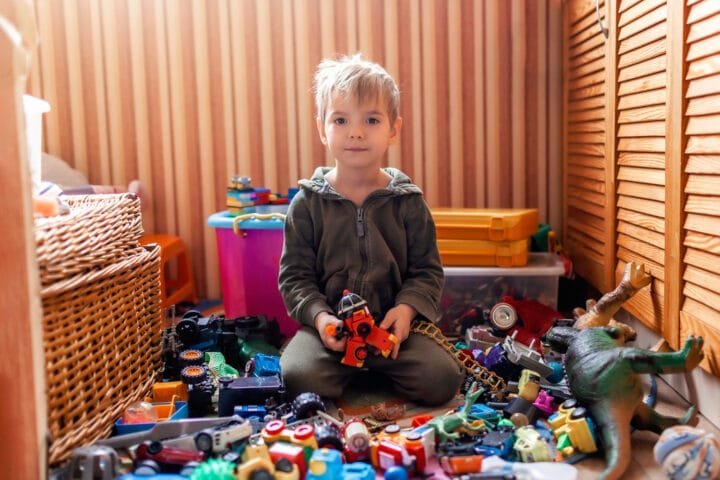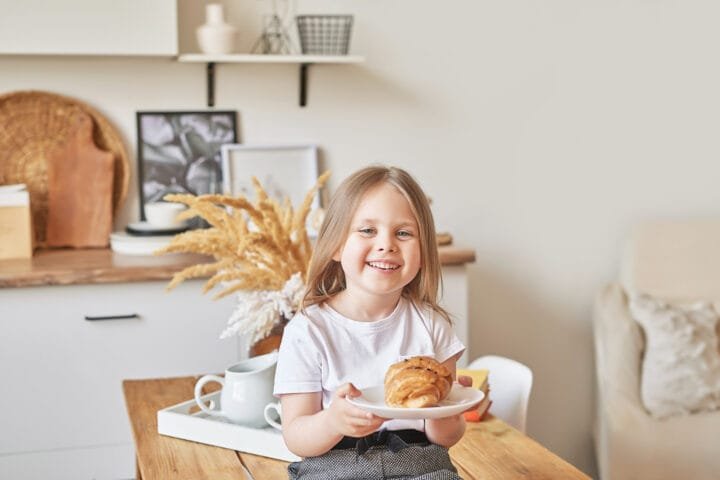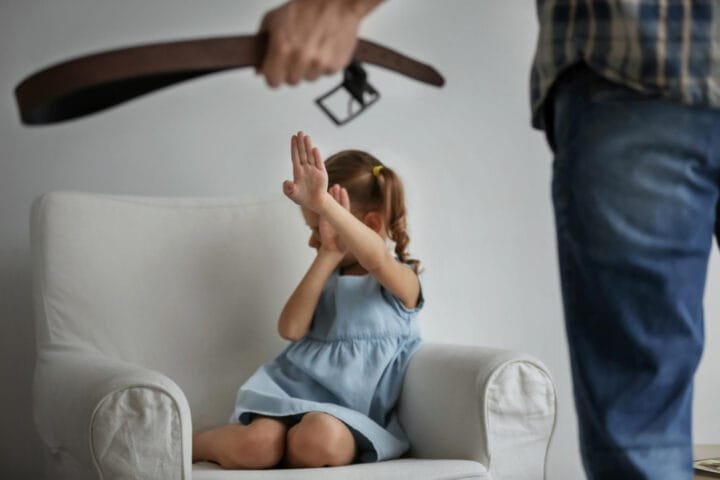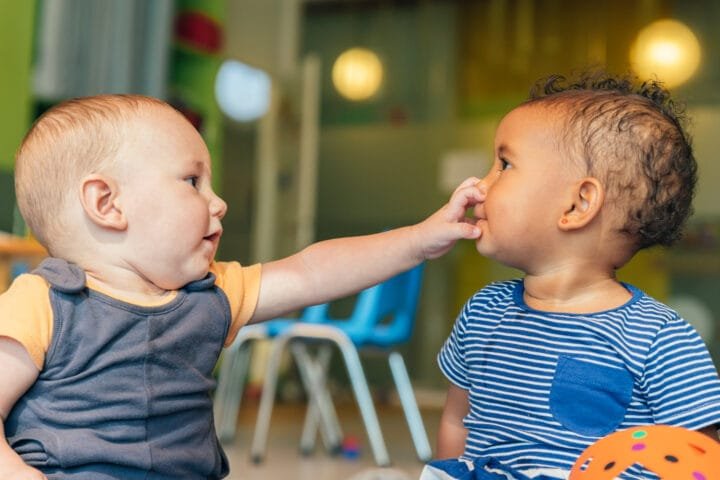How to Organize Children’s Toys?
Organizing children’s toys is not just about tidiness; it’s about creating a harmonious environment that promotes child development, safety, and a sense of responsibility. A well-organized toy space can encourage children to manage their belongings, foster creativity, and reduce stress for parents. This guide will explore practical strategies on how to organize children’s toys, emphasizing methods that are both effective and adaptable.
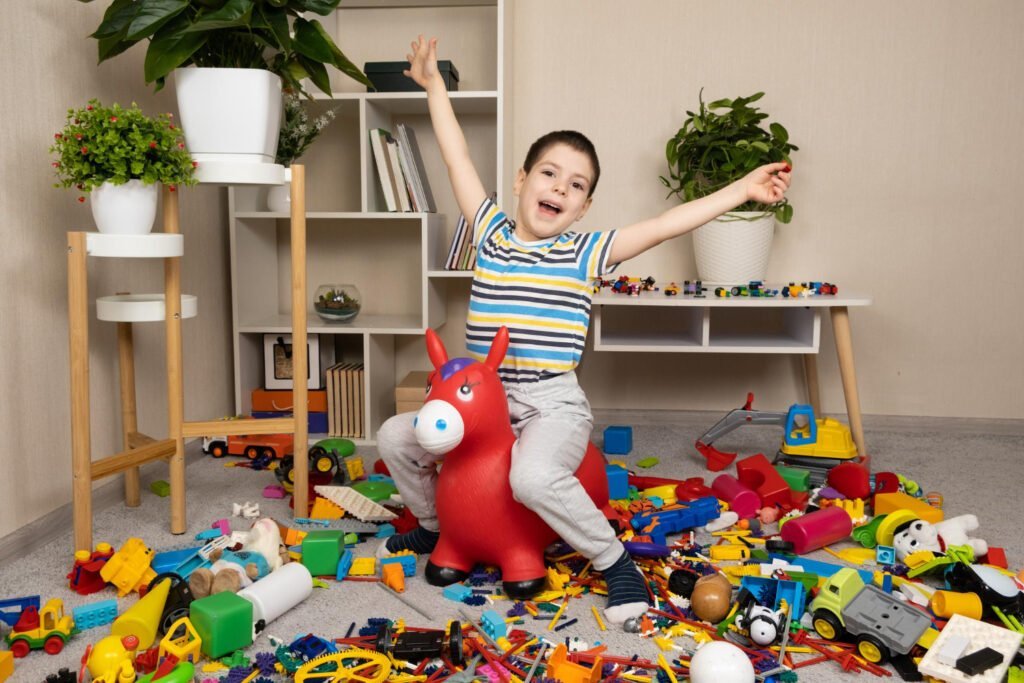
Understanding the Importance of Organizing Children’s Toys
The first step in understanding how to organize children’s toys is recognizing the benefits of a well-structured system. A clutter-free play area reduces the risk of accidents and enhances a child’s ability to focus and engage with their toys. When toys are organized, children can find what they need more efficiently, which promotes more productive and enjoyable playtime.
Moreover, an organized space contributes to the overall aesthetics of your home. It transforms chaotic play areas into orderly spaces, making daily clean-ups more manageable and freeing more time for family activities. This approach benefits children and creates a more peaceful home environment, giving parents a sense of control and empowerment.
Assessing the Current Toy Situation
Before diving into organizing, it’s essential to assess the current situation. Start by taking an inventory of all the toys. Categorize them by type, usage, and condition. It will give you a clear picture of what needs to be kept, donated, or discarded.
Understanding the frequency of toy usage is also crucial. Frequently used toys, like favourite stuffed animals or educational games, should be easily accessible. On the other hand, toys that are rarely played with can be stored in less accessible places. It helps maintain order and ensures that only relevant toys occupy prime storage space.
Next, evaluate the available storage space in your home. Identify areas that can be utilized more effectively, such as under-bed storage with plastic containers, high or wall-mounted shelves, or space-saving 360-degree rotation storage. Consider the room layout and the storage solutions’ safety, ensuring that everything is child-friendly and within reach for independent play.

Practical Strategies for Toy Organization
Organizing children’s toys requires a combination of sorting, decluttering, and implementing effective storage solutions. Here’s a step-by-step guide on how to organize children’s toys:
Sorting and Decluttering
Start by separating toys into categories—those to keep, donate, or discard. Toys are in good condition but can no longer be played with and can be donated to charities or passed on to younger children. Broken or unsafe toys should be discarded. This step simplifies the organization process and reduces clutter.
Seasonal Rotation
To keep the play area fresh and uncluttered, consider rotating toys on a seasonal basis. By storing away some toys and bringing them out later, you can renew your child’s interest without overcrowding the space. This method keeps the environment tidy and encourages creativity and sustained engagement.
Invest in Proper Storage Solutions
Shelving units like the Humble Crew Supersized Wood Toy Storage Organizer or Humble Crew White/Primary Kids’ Toy Storage Organizer with 12 Plastic Bins, clear bins such as Stackable Plastic Storage Bins with Lids, and labeled containers using a Label Maker Machine are essential tools for organizing toys. Clear containers allow children to see their toys, making finding and returning items easier. Labeling bins and shelves with pictures or words can help younger children learn where each toy belongs, promoting independence and responsibility.
Creating Play Zones
Designate specific areas in the room for different types of play. For instance, have a corner for building blocks, a space for arts and crafts, and a cosy nook for reading. This zoned approach keeps the room organized and encourages children to explore various types of play within a structured environment.
By implementing these strategies, you can create an organized, functional, inviting play area that meets your child’s needs and complements your home’s aesthetics.
Involving Children in the Organization Process
Involving children in organizing their toys is a great way to teach them responsibility and life skills. Involving them in the process helps children take ownership of their space, fostering responsibility and a sense of belonging.
Make it Educational
Turn organizing into a learning activity. For example, sorting toys by type or colour can help children develop their categorization skills. It keeps the space tidy and enhances cognitive development, assisting parents to feel they are supporting their child’s growth.
Gamify the Process
Make cleaning up fun by turning it into a game. You can challenge your child to pick up as many toys as possible within a set time or create a “toy safari” where they pretend to return animals (toys) to their cages (bins). Gamification keeps the task enjoyable and encourages regular clean-ups.
Reward System
Implementing a reward system can motivate children to keep their toys organized. Simple rewards like stickers, points, or choosing a family activity can reinforce the habit of tidying up after playtime.
Daily Routines
Encourage daily tidy-up routines where children put away their toys after each play session. This regular practice helps prevent toys from piling up and becoming overwhelming.
By involving children in these tasks, they learn valuable organizational skills that will benefit them throughout their lives.
Maintenance and Review of the Toy Organization System
Once you’ve set up an organized toy system, the next step is maintaining it. Regular maintenance and periodic reviews are essential to keep the system functioning effectively.
Regular Check-Ins
Schedule monthly or seasonal check-ins to assess the organization system. During these reviews, remove toys that are no longer used and make space for new ones using Storage Bags. It helps keep the system dynamic and relevant.
Daily Tidy-Ups
Encourage children to participate in daily tidy-ups using tools like Toy & Body Cleaner, ensuring that toys are returned to their designated spots. This routine keeps the play area orderly and prevents clutter from accumulating.
Family Involvement
Involve the entire family in maintaining the organization system. Assign tasks and rotate responsibilities to keep everyone engaged. This communal effort ensures that the play area remains tidy and enjoyable.
Flexible Approach
As your child grows, their interests and toy collections will change. Be open to adapting storage solutions like Fabric Storage Cubes Organizer to meet their evolving needs. Flexibility is critical to maintaining an organized space that continues to serve your child well.

Case Studies and Real-Life Examples
Looking at real-life examples can provide inspiration and practical ideas on how to organize children’s toys:
Small Space Solutions
Vertical storage solutions like wall-mounted shelves and hanging baskets in a compact urban apartment can maximize limited floor space. Clear bins labelled with pictures or words allow children to easily find and put away their toys, preventing overflow into other living areas.
Multi-Zone Approach
Creating different zones for various types of play can be highly effective in a suburban home with more space. For instance, having designated areas for building blocks, art supplies, and reading ensures that each activity has its own space, making cleanup more accessible and organized.
Flexible Storage Systems
Mobile storage carts with labelled baskets can provide a dynamic solution for families with multiple children or changing needs. These systems allow toys to be easily moved between rooms, adapting the family’s lifestyle and maintaining a tidy home.
These examples illustrate thoughtful planning and the right strategies for any home to achieve an organized, functional toy space.
Conclusion: Adopting Flexible Consistent Approach
In conclusion, knowing how to organize children’s toys by creating a system that is easy to maintain, adaptable, and child-friendly By implementing strategies such as sorting, decluttering, and making play zones involving children’s processes transforming chaotic play area into a well-ordered space
Remember, the best organizational systems are flexible and evolve with the child’s changing needs. Regular maintenance of daily routines and family involvement is crucial in keeping the system effective, along with patience and persistence, creating an organized play area that fosters the child’s growth, creativity, and sense of responsibility.
Following these guidelines on how to organize children’s toys to create a harmonious, clutter-free environment benefits the entire family















